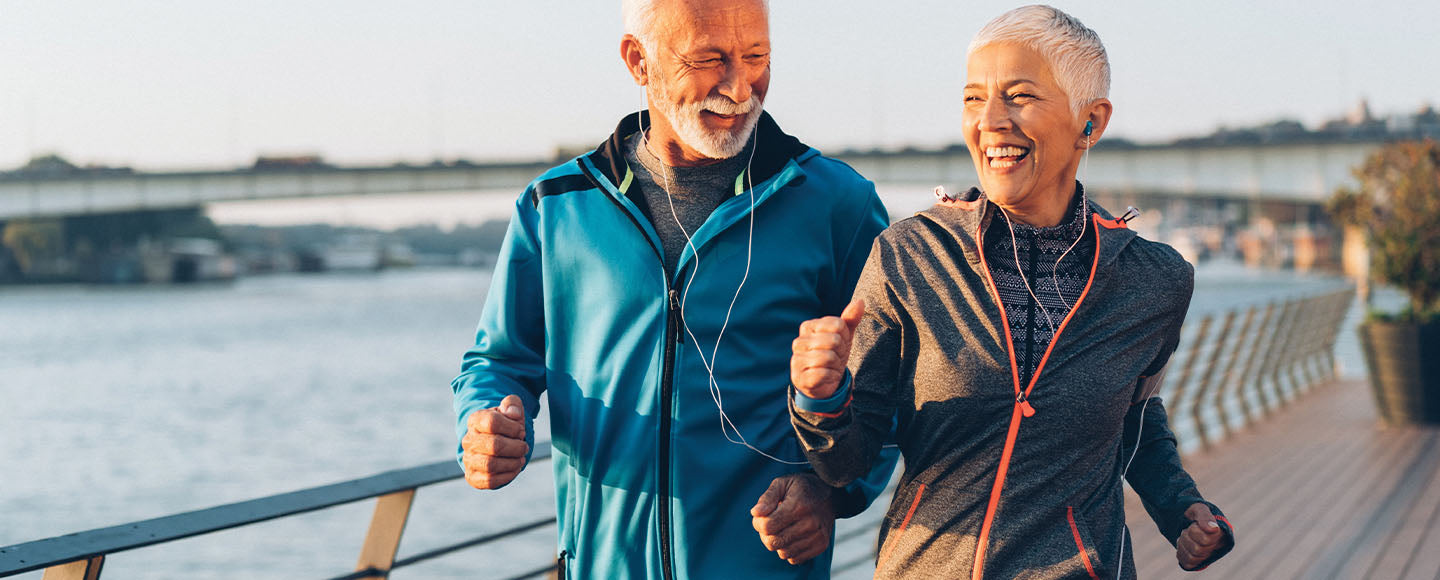
Exercises for Bone Health
share
Pounding the pavement, excessive exercise and constant hard impact activity can take a toll on our body. Whilst these activities may be a younger person’s game, the long term complications can often be too great in later life.
An adult’s body is made up of 206 bones, give or take a few if you have extra ribs or have had some bones removed. An infant has about 270 bones, some which fuse together as they grow into adulthood.
Bones provide structure and shape to our body, they also have other jobs as well such as protecting our organs and producing new red blood cells within the bone marrow. If we did not have bones, we would be a pile of muscles and tissues in a puddle!
Bones are amazingly strong, yet they are relativity light and are always changing and rebuilding. Bones are made up of a dense honeycomb-like structure, which contributes to bone strength. The total weight of the skeleton is between 1.5kg to 3.5kg depending on gender, so they are also light weight.
So, what is the right amount of exercise as we get older and what are the best sort of exercises for bone health?
As we age we need to keep physically active. Movement and activity helps to keep our muscles and bone structure healthy and mobile.
Your ability to move daily does depend on your age and health. However, ideally at least 30 minutes of an activity most (ie: 5 days out of 7) days is recommended.
Exercise is important to keep our body healthy, muscles engaged and our mind active. Our bones need weight bearing activity, which means an element of resistance with gravity to help our bones to change and grow, and stimulate new cell production. As a weight bearing activity it is also beneficial with your balance, strength and flexibility too.
Best foot forward
Walking – walking is an easy and accessible activity for most of the population. No special equipment is required, no gym membership or great expense. If, however, you are a regular and keen daily walker it is important to add variety and change to your walking routine as this will help promote your bone health.
For example, try some of these to your daily walk:
- Different surfaces – take your walk to next level, by walking on different surfaces such as through thick grass, sand, dirt track or bush.
- Pick up the pace – increase your pace or stride at different intervals, try lifting your knees higher or taking a slight side step for some of your walk.
- Increase resistance – take some small hand weights, ankle weights or a heavy backpack on your next walk.
- All these additions to your regular walk can help to challenge your body and improve your bone health and strength.
Body resistance – this type of activity is using your own body weight as a force on the skeletal system. This means activities such as pushups (or on your knees), squats, lunges, wall sits or pushups against a wall. These type of activities help to build muscle strength as well as provide weight bearing exercise for your bones.
Group activity – this is all about the fun! If you find exercise a challenge, try an activity that is in a group. Some ideas may include dancing, tai chi, gentle yoga or another group class.
While these top tips may help to give you some ideas as to where to start, there are some exercises which may not be ideal for supporting bone health.
Exercisers beware!
If you have a bone condition, fractures or osteoporosis, then avoid these following exercises:
Yoga – certain yoga or Pilates positions which involve intense twisting or compression on the joints or the spine, are not recommended.
Sudden twisting movements – such as golf and tennis are not ideal. They can impact your body with a sudden twisting force action which may damage fragile bones.
High impact action – running and jumping are both high impact activities which place strain on the skeletal system. These types of activities and are not recommended if you have low bone density. These types of activities may increase small fractures in fragile bones. If you have not been a keen runner, starting now with low bone density is not recommended.
Swimming – whist we all love a good swim, relying solely on swimming to improve bone health is not a good idea. Swimming is a non-weight bearing activity, which means there is no weight or gravity on the skeletal system to stimulate your bones to improve.
Cycling – like swimming, this is also a non-weight bearing activity. Cycling is great for cardiovascular fitness, but is not recommended as the sole activity if you are looking to improve low bone density.
If you are planning to look after your bone health, then consider some of these activities. Remember the key points to exercise –weight bearing, often and of course have fun!
share
Stay Informed. Feel Your Best.
Get expert tips and actionable health advice. Be the first to hear about Caruso's product launches and receive exclusive promotional offers.
Join our newsletter today.



